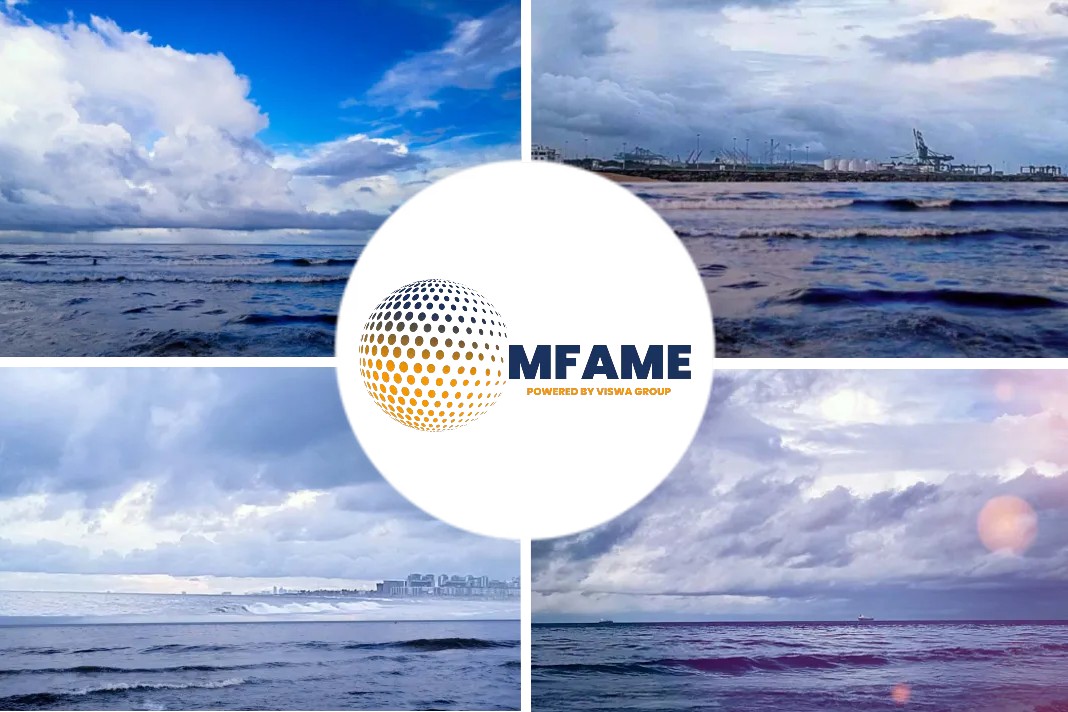The world of shipping is a business sector with an ancient tradition, whose origins go back to the time when men took to the sea for trade and for war. From that time until the first half of the twentieth century the sector did not greatly change, except as necessitated by technological evolution. The novelty that broke this continuum was the arrival of containerized shipping. It radically transformed the way shipping companies do business, both for companies operating on a global scale, and more generally for all the players involved.
Before the invention of the container, goods were handled manually. Products to be shipped arrived at the port warehouses, and then teams of dock workers loaded them into the hold of the ship, package by package. If every single package had to be handled individually nowadays, at current volumes, ships would remain at anchor in ports for entire weeks. In fact, that is exactly how these things were done in that era. The ships were forced to stay in their departure and arrival ports for long periods of time both because embarkation operations were time-consuming, and because of the frequent strikes by dock workers, who were demanding higher wages and better working conditions. Long time frames and high costs on land raised the price of transport and discouraged its use.
The introduction of the container has standardised the industry, bringing order and rationality to processes throughout the supply chain. Freight is loaded into a container at the factory, it is then taken to the dock, loaded on board a ship, and delivered to its recipient without the items being subjected to further handling or conditions that could damage them during the journey. Like all innovations, it has taken time for containers to establish themselves. It has contributed to a sharp cut in costs by affecting all the price items that generated inefficiencies. This has reduced maritime transport expenditure at least tenfold compared to the past, encouraging its use as a preferred type of transport and contributing to the growth of world trade.
The birth of the container has brought great benefits and opened new opportunities for the shipping industry, but as before, there are still critical problems that make maritime transport an economically fragile sector. Currently shipping is a field of business which typically has high fixed costs and low margins, in some cases zero. Shipping companies have difficulty reaching the break-even point for trips made by their ships. The contraction of global traffic due to the economic crisis of the last decade resulted in an oversupply of carrying capacity. This situation opened the door to increasingly large ships, i.e. to ships with greater and greater carrying capacity. By this strategy, the shipowners’ goal is to achieve economies of scale through better utilisation of a ship for each voyage. This distributes fixed costs over a greater number of containers.
However, this solution alone is not enough to ensure that individual companies can survive in the marketplace. For this reason, the companies have always collaborated and signed agreements to protect themselves. From 1875 until 2008 the market was dominated by the Conferences. These were agreements signed between shipowners to divide and control the market and to set standard rates for each route, fixing timetables and the frequency of services and their distribution according to the rule of the terminal countries. In 2008 conferences were eliminated because they were deemed agreements that restricted competition. They have been replaced by the alliances, i.e. cooperation agreements between shipping companies which do not provide for the setting of common rates and the sharing of the market, as the former did, but rather for the conclusion of agreements aimed at ensuring better utilisation of ships. They have become the undisputed market leaders: they change every year, and professionals in the sector follow these constant changes with great attention. So much so that people actually get excited about it, as though it were a TV series…
Did you subscribe for our daily newsletter?
It’s Free! Click here to Subscribe!
Source: The MediTelegraph



















